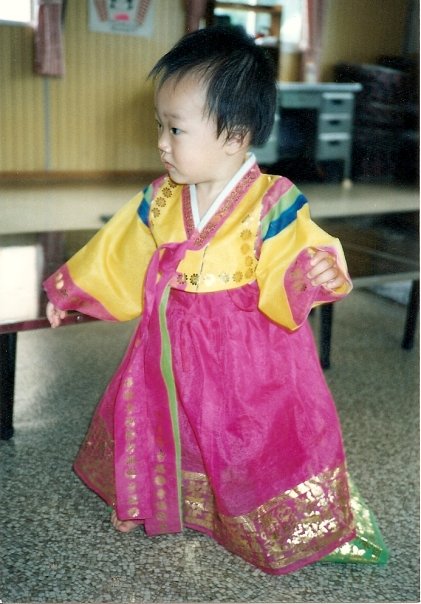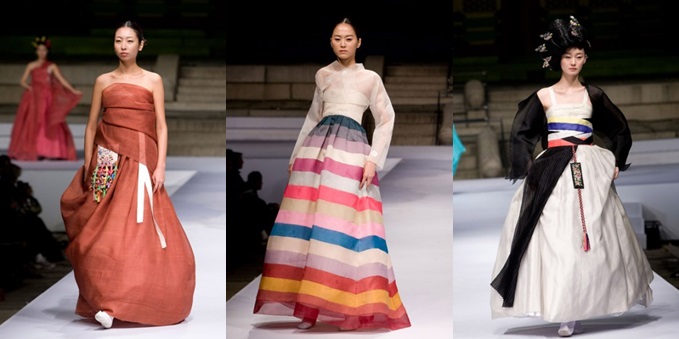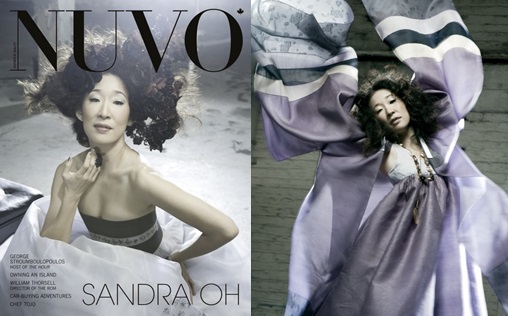When I was a little kid, one of my favorite outfits was my hanbok, or traditional Korean clothing. I was enamored with its vibrant colors, asymmetrical bow, and flowing skirt, so on more than a few occasions, I wore it to school and to dinner parties, undeterred by the stares people often gave me.

The author wearing hanbok as a toddler
Their confusion stemmed not only from the contrast between traditional Korean clothing and the typical American outfit of T-shirts and jeans but also from their unfamiliarity with hanboks. Many times, I got asked if I was wearing a cheongsam or a kimono.
We’ve all seen cheongsams or kimonos reinvented and popularized (and sadly, in some cases, exploited) within the fashion world, but there has been relatively little seen of the hanbok. In recent years, however, the hanbok has been entering the runway, presumably due to the growing cultural and economic influence that South Korea has on the international community. This once old-fashioned outfit has been re-defined, transitioning from a relic of the past into a chic item suitable for any catwalk or boutique.
Below are some examples of haute couture hanboks:

Fashion shows featuring modern hanboks, like this one in 2009, occur regularly in Korea.

Although hanbok dresses are what have grown popular in the fashion scene, hanboks worn by men have also undergone reinvention, as seen in the Hanbok Fashion Show in Seoul in October 2011.

Lee Young-hee, a famous hanbok designer, has gained both domestic and international recognition for her unique approaches to traditional Korean dress, holding haute couture fashion shows like this one in Paris in July 2010.

You can see elements of Western and Korean clothing styles combined in these elegant hanbok dresses worn by actress Han Hyo-joo for the September 2012 edition of Vogue Korea.

The hanbok has also appeared in collections by non-Korean fashion designers.
Carolina Herrera based her Spring ready-to-wear 2011 collection on the hanbok and displayed these stunning beauties during New York Fashion Week.

During his time at Dior, John Galliano designed a hanbok-inspired dress for the Christian Dior Spring/Summer 2011 collection.

Miuccia Prada (above) and Giorgio Armani (below)

Renowned designers Miuccia Prada and Giorgio Armani are avid fans of Lee Young-hee’s work and have visited her shop in Korea.

In 2011, Swarovski Elements partnered with Korean designers to incorporate Swarovski crystals into their hanbok designs.

Sandra Oh (of Grey’s Anatomy) wore hanboks made by LA-based designer Kim MeHee (whose hanboks have also been worn by Jessica Alba and Nicky Hilton) for the Spring 2008 cover of NUVO Magazine.
If I were to wear any of the dresses pictured above, I know I’d get stares for all the right reasons: for wearing a hanbok every bit as glamorous and stylish as the little black dress.